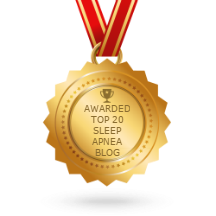
What We Can Learn From Animals About Sleeping
Sleeping is a basic part of our everyday lives, yet surprisingly little is known about its purpose and evolutionary history.
To really understand sleep, we need to look beyond behavior—and beyond the laboratory. In a research paper published in Trends in Ecology & Evolution, my colleagues and I argue that sleep research needs new approaches.
Specifically, integrating two fields of science: neuroscience (the study of the nervous system, including the brain) and ecology (the study of organisms in their environment).
Animals and sleep
Sleep is fundamentally a state of the central nervous system. Sleep has three main characteristics: reduced responsiveness, changes in brain activity and homeostatic regulation, meaning that lost sleep is recovered by sleeping longer and more deeply.
As far as scientists know, all animals sleep – but not necessarily in the same way humans do.
In humans, sleep is an easily recognizable behavior. We usually lie down, close our eyes and barely move for hours at a time.
But recognising sleep in other animals can be more difficult. Some animals, like sloths, are often motionless when they are awake to avoid being detected by predators. Others, like cows, continue to stand and chew their cud while sleeping. Some birds have hundreds of short “microsleeps” across a 24-hour day.
Dolphins, meanwhile, can even “sleep” with one half of their brain while they swim.
Differences in the ways animals sleep can hold important clues to its function. If half of a dolphin’s brain can sleep while it swims, sleep must serve some purpose for the brain, rather than the body.
To read the rest of this article, click here:
You can buy CPAP Machines, tubing and all of your CPAP supplies at CPAP America, 707 Mantua Pike, West Deptford, NJ 08096. Feel free to contact us at 1-800-569-0167.
You can also reach us via email here.

